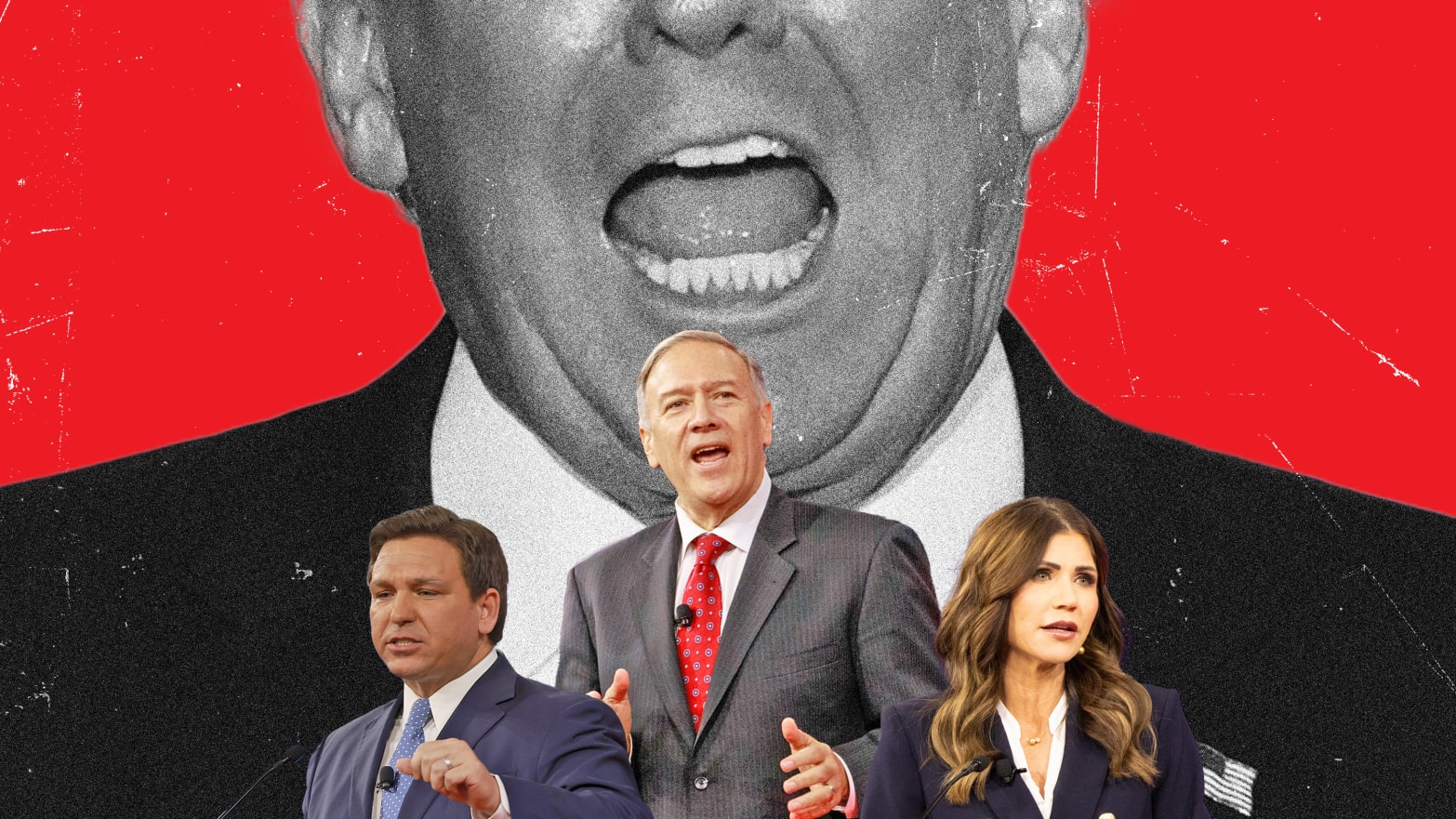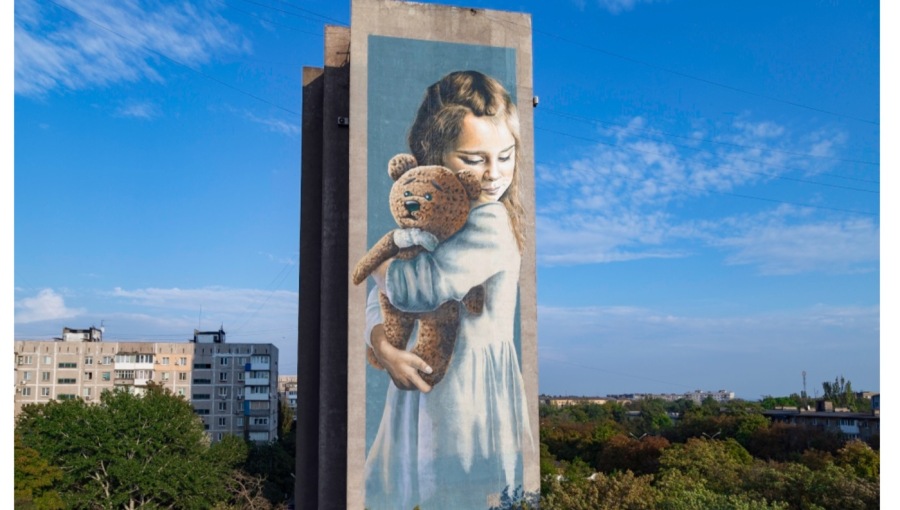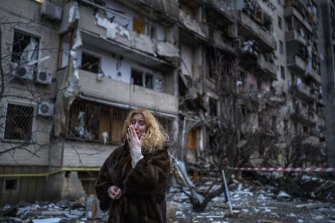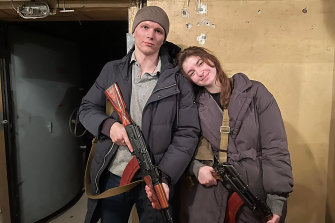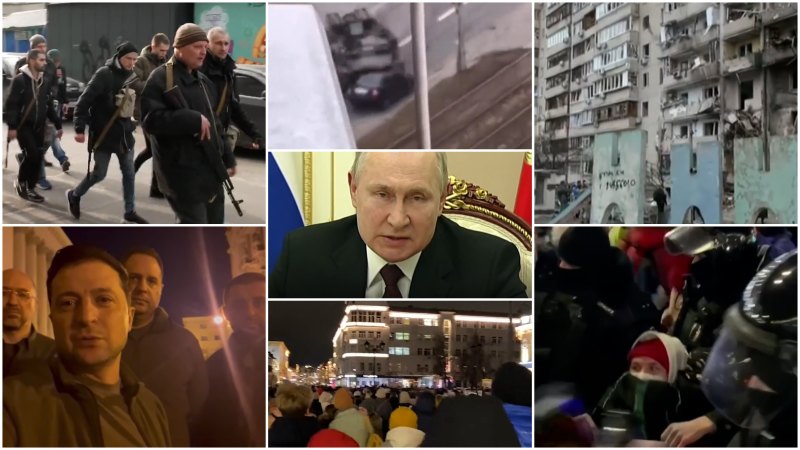Wendy Tuoh Feb 22 2022

Hannah Clarke and her three children were murdered by her estranged husband in Queensland in 2020.
A third of Australian men who kill their female partners are high functioning elsewhere in their lives and had not previously come to police attention. Their partners were also middle-class, employed and may not have recognised themselves as victims.
Such killers are in many cases “typically middle-class men who were well respected in their communities and had low levels of contact with the criminal justice system”, new research by the Australian Institute of Criminology has found.
Dr Hayley Boxall, of the institute’s Violence against Women & Children Research Program, said that despite the Australian victims experiencing non-physical abuse such as coercive control, “because they were successful, middle-class and educated, [the victims] did not realise the behaviours as abuse ... they weren’t ‘those’ women, and their partner was not ‘that’ kind of man”.
The report will be released in Australia at the National Research Conference on Violence Against Women on Tuesday, held by Australia’s National Research Organisation for Women’s Safety (ANROWS). It examines the trajectory towards homicide in 200 Australian cases in which men killed their intimate partners between 2007 and 2018.
Family violence isn’t always a scene from Once Were Warriors. More often, it’s about men controlling women, sometimes without physical abuse at all. (Video first published in September 2020)
READ MORE:
* Family and friends remember Kiwi mother killed in Australia
* Coercive control: Lockdown a 'perfect storm' for threats, gaslighting and intimidation
* What must happen to stop men from killing their wives and children?
* Warped masculinity is fuelling NZ's fatal family violence problem
It challenges common stereotypes that the overwhelming majority of family violence perpetrators and victims are from seriously disadvantaged backgrounds and have regular contact with police. The findings shed light on how non-physical forms of family violence can turn fatal in any part of society.
A second report to be released on Tuesday found men committed more than three-quarters of 311 intimate partner homicides in Australia between 2010 and 2018. In most cases where the offender was female, she was also the primary violence victim in the relationship and killed her male abuser.
Intimate partner homicide is the most common form of homicide in Australia and accounted for 21 per cent of all homicides in 2018-19, and 62 per cent of all domestic homicides. There have been an average 68 such killings a year since 1989-90 in Australia, most perpetrated by a male offender against a female partner.

Borce Ristevski was jailed in Australia for the 2016 killing of his wife, Karen.
The Australian Institute of Criminology report identified three groups into which most men who kill intimate partners fall, including the “fixated threat” group who seem functional in public but who use forms of violence, stalking or monitoring to maintain or regain control of a partner, and whose violence escalates quickly.
“At the time of entering the relationship, there are no red flags, it’s all about control for these guys and maintaining power in the relationship,” Boxall said.
The criminology institute’s research shows a key stage in the journey to fatal violence was if the woman challenged her partner such as by separating, returning to work or attempting to maintain relationships with family members.
Breaking Silence PLAY NOW
“He becomes more motivated to use lethal violence, there is planning, verbal threats to kill, and by the time he enters the same space as the victim he is very likely to kill her, cover it up, create false alibis, bring his own weapons. These guys are really scary, these are the ones we think about when we think of [Queensland murder victim, killed with her three children] Hannah Clarke,” Boxhall said.
Understanding the trajectory of these “invisible” perpetrators was important to increase prevention, and more training was needed to help identify women at risk.
The other two common offender groups in the Australian cases were “persistent and disorderly” – in which perpetrators had complex histories of trauma, histories of violence and frequent criminal justice contact, plus physical and mental health issues – and “deterioration/acute stressor”, in which the man had significant emotional and mental health issues but low levels or an absence of aggression or violent tendencies.
Persistent and disorderly perpetrators accounted for 40 per cent of the murders studied and were more likely to be Aboriginal or Torres Strait Islander and have survived abuse.

GABRIELE CHAROTTE
The research shows a key stage in the journey to fatal violence was if the woman challenged her partner, such as by separating or returning to work (file photo).
Those in the deterioration/acute stressor group were in “long-term, ‘happy’ and non-abusive relationships” with their victim until experiencing a significant life stressor or stressors which triggered a deterioration in their health and wellbeing.
They did not intend to harm the victim, and having “instantaneously” decided to do so they were likely to seek help for her, show remorse and plead guilty. They accounted for 11 per cent of the murders.
The remainder of offenders had elements from one or more groups.
There was consistent evidence that the motivation to kill for men in all three groups was “associated with a perceived violation of gendered norms associated with femininity, which challenged the offender’s masculinity”, the report said
Such challenges included the victim returning to work or dedicating herself to a career, refusing to submit to the offender’s demands or expectations, “fighting back” against the offender during an incident of violence, having an affair or re-partnering.
The chief executive of ANROWS, Padma Raman, said in 40 per cent of the Australian homicides there had been contact with police or courts prior to the murders. “So it’s not like the signs aren’t there.”
“The other interesting link both studies found was the link between coercive control [and fatal violence]. We need to train frontline workers and police to be able to identify this kind of behaviour”.
Lawmakers in the Australian state of New South Wales vowed to criminalise coercive control in December 2021, but in the state of Victoria debate continues over whether this would lead to female victims being falsely identified as perpetrators, and if current laws are sufficient.
The Age
